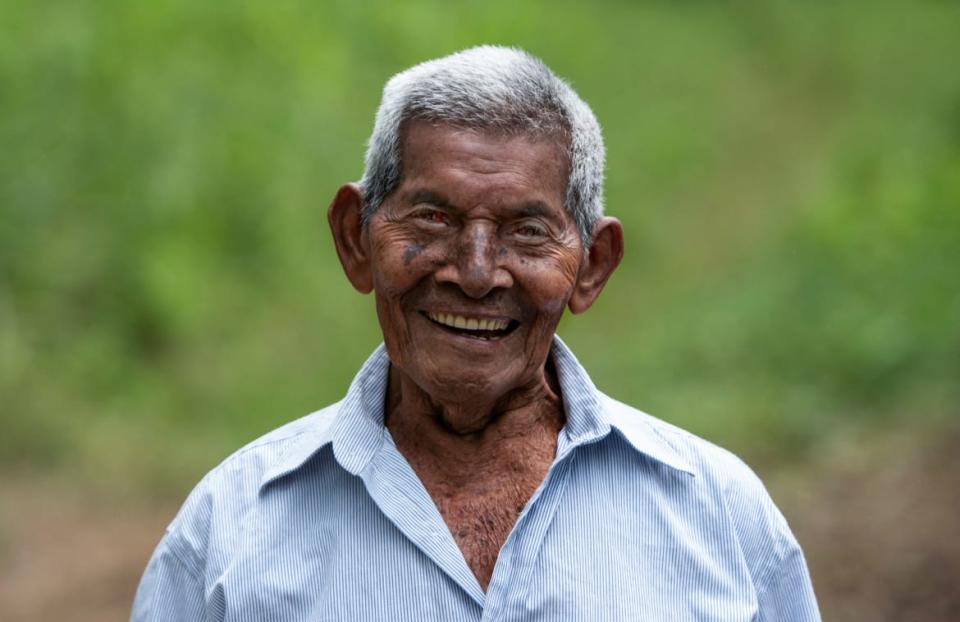5 Ways Scientists Think You Can Live Longer

Most people want to live a long and happy life—or at least avoid a short and miserable one. If you’re in that majority, then you’re in luck. Over the last decade, a quiet research revolution has occurred in our understanding of the biology of aging.
The challenge is to turn this knowledge into advice and treatments we can benefit from. Here we bust the myth that lengthening healthy life expectancy is science fiction, and show that it is instead scientific fact.
Nutrition and lifestyle
There’s plenty of evidence for the benefits of doing the boring stuff, such as eating right. A study of large groups of ordinary people shows that keeping the weight off, not smoking, restricting alcohol to moderate amounts, and eating at least five servings of fruit and vegetables a day can increase your life expectancy by seven to 14 years compared with someone who smokes, drinks too much, and is overweight.
Cutting down calories even more—by about a third, so-called dietary restriction—improves health and extends life in mice and monkeys, as long as they eat the right stuff, though that’s a tough ask for people constantly exposed to food temptation. The less extreme versions of time-restricted or intermittent fasting—only eating during an eight-hour window each day, or fasting for two days every week—are thought to reduce the risk of middle-aged people getting age-related diseases.
Physical activity
You can’t outrun a bad diet, but that doesn’t mean that exercise does not do good things. Globally, inactivity directly causes roughly 10 percent of all premature deaths from chronic diseases, such as coronary heart disease, type 2 diabetes, and various cancers. If everyone on Earth got enough exercise tomorrow, the effect would probably be to increase healthy human life expectancy by almost a year.
But how much exercise is optimal? Very high levels are actually bad for you, not simply in terms of torn muscles or sprained ligaments. It can suppress the immune system and increase the risk of upper respiratory illness. Just over 30 minutes a day of moderate to vigorous physical activity is enough for most people. Not only does that make you stronger and fitter, but it has also been shown to reduce harmful inflammation and even improve mood.

Saturnino Lopez Hernandez, 94, smiles at his home in Nicoya, Costa Rica, one of the five Blue Zones of the world, where longevity is a characteristic in a higher than usual number of people.
Boosting the immune system
However fit you are and well you eat, your immune system will, unfortunately, get less effective as you get older. Poor responses to vaccination and an inability to fight infection are consequences of this “immunosenescence." It all starts to go downhill in early adulthood when the thymus—a bowtie-shaped organ in your throat—starts to wither.
That sounds bad, but it’s even more alarming when you realize that the thymus is where immune agents called T cells learn to fight infections. Closing such a major education center for T cells means that they can’t learn to recognize new infections or fight off cancer effectively in older people.
You can help—a bit—by making sure you have enough key vitamins, especially A and D. A promising area of research is looking at signals that the body sends to help make more immune cells, particularly a molecule called IL-7. We may soon be able to produce drugs that contain this molecule, potentially boosting the immune system in older people. Another approach is to use the food supplement spermidine to trigger immune cells to clear out their internal garbage, such as damaged proteins, which improves the elderly immune system so much that it’s now being tested as a way of getting better responses to COVID vaccines in older people.

At 109 years old, Lu Zijing of China's Hubei Province demonstrates Tai Chi.
Rejuvenating cells
Senescence is a toxic state that cells enter into as we get older, wreaking havoc across the body and generating chronic low-grade inflammation and disease—essentially causing biological aging. In 2009, scientists showed that middle-aged mice lived longer and stayed healthier if they were given small amounts of a drug called rapamycin, which inhibits a key protein called mTOR that helps regulate cells’ response to nutrients, stress, hormones, and damage.
In the lab, drugs like rapamycin (called mTOR inhibitors) make senescent (aged) human cells look and behave like their younger selves. Though it’s too early to prescribe these drugs for general use, a new clinical trial has just been set up to test whether low-dose rapamycin can really slow down aging in people.
Discovered in the soil of Easter Island, Chile, rapamycin carries with it significant mystique and has been hailed in the popular press as a possible “elixir of youth.” It can even improve the memory of mice with dementia-like disease.
But all drugs come with pros and cons—and as too much rapamycin suppresses the immune system, many doctors are averse to even considering it to stave off age-related diseases. However, the dose is critical and newer drugs such as RTB101 that work in a similar way to rapamycin support the immune system in older people, and can even reduce COVID infection rates and severity.
Clearing out old cells
Completely getting rid of senescent cells is another promising way forward. A growing number of lab studies in mice using drugs to kill senescent cells—so-called “senolytics”—show overall improvements in health, and as the mice aren’t dying of disease, they end up living longer too.
Removing senescent cells also helps people. In a small clinical trial, people with severe lung fibrosis reported better overall function, including how far and fast they could walk, after they had been treated with senolytic drugs. But this is only the tip of the iceberg. Diabetes and obesity, as well as infection with some bacteria and viruses, can lead to more senescent cells forming. Senescent cells also make the lungs more susceptible to COVID infection, and COVID makes more cells become senescent. Importantly, getting rid of senescent cells in old mice helps them to survive COVID infection.
Aging and infection are a two-way street. Older people get more infectious diseases as their immune systems start to run out of steam, while infection drives faster aging through senescence. Since aging and senescence are inextricably linked with both chronic and infectious diseases in older people, treating senescence is likely to improve health across the board.
It is exciting that some of these new treatments are already looking good in clinical trials and may be available to us all soon.
Richard Faragher is a professor of biogerontology at the University of Brighton and Lynne Cox is an associate professor of biochemistry at the University of Oxford.
Get our top stories in your inbox every day. Sign up now!
Daily Beast Membership: Beast Inside goes deeper on the stories that matter to you. Learn more.

